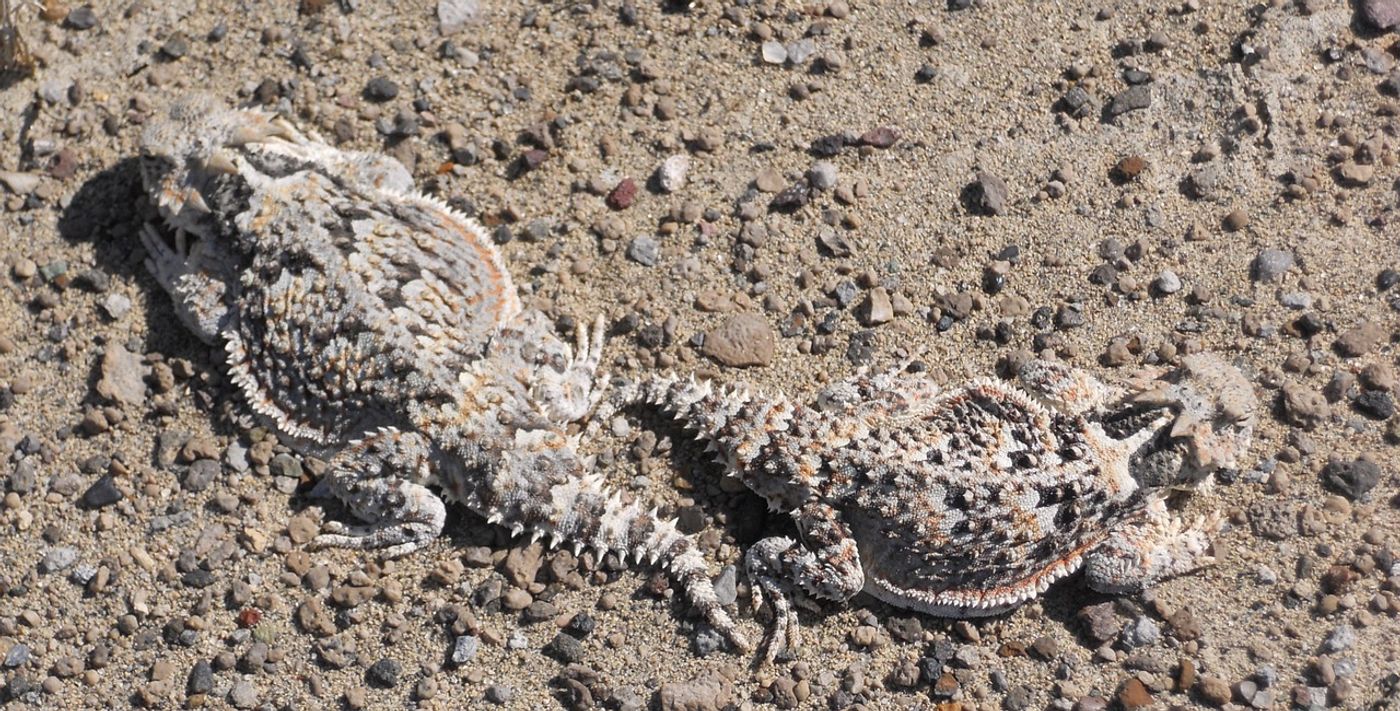Lizards Use Body Oscillations to Dig Into Desert Sand
Desert lizards may be able to teach us a thing or two about digging into loose sandy environments, such as at the beach or in the desert.
Image Credit: TCB/Pixabay
Researchers from the University of Santiago observed how a whole host of different lizards, including the fringe-toed lizard and horned lizard, have adapted to utilize body oscillations for penetrating the ground surface.
Doing so is advantageous for a plethora of desert lizards for two reasons: 1) they can avoid the extreme heat by burrowing just a few centimeters below the surface, and 2) they can blend in with the color of the sand to avoid predators.
Related: Some geckos are developing bigger heads in response to human actions
To learn more about how this digging method works and how we could harness similar concepts in future digging technologies, the researchers studied it in closer detail and published their results in the journal PLOS ONE.
What they found was that the lizards’ bodies produced vibrations robust enough to overcome gravitational acceleration, which meant they could burrow beneath the sandy surface even while grains of sand were pulled back down by gravity.
The video below is unrelated to the study, but it does an excellent job of showing the mechanics involved in how these types of lizards can burrow into the ground:
The researchers tried to simulate these oscillations with the same kinds of vibrating motors you would typically find in smartphones or game console controllers, and they concluded that these motors were just as effective at penetrating granular media as desert lizards were.
The oscillations reduced digging resistance in various forms of granular media by as much as ten times, which means the lizards are saving a lot of energy through their method rather than using their little arms to dig holes.
Related: Lizard regenerates six tails all at once
Perhaps future digging technologies could utilize this concept to increase energy efficiency and output. Given that vibration motors have been around for ages, it’s just a matter of adapting them to work with larger tools.
Source: Phys.org









